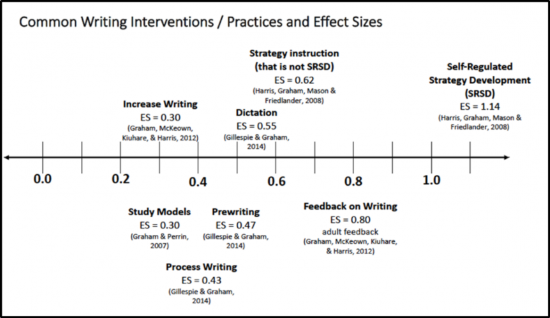 In my post on April 17 2016, I spoke about some of the difficulty I encountered in finding good information around early childhood PBIS models when I first began at the RSE-TASC. One of the things that was hardest to find a clear answer to was what exactly should PBIS look like with younger learners and what were the differences between the PBIS framework for school-age (K-12) programs and preschool and early childhood programs. While it was evident that the needs of these two populations differ to some extent, it was challenging to find precise information about how these differences were reflected in the PBIS models. To add to the confusion, there are multiple names and acronyms out there for each (e.g., PBS, SWPBIS, PWPBS, MTSS, RTI for Behavior, etc.). Fortunately, the Pyramid Model has emerged as a comprehensive and cohesive positive behavior support model specifically designed for preschool and early childhood settings.
In my post on April 17 2016, I spoke about some of the difficulty I encountered in finding good information around early childhood PBIS models when I first began at the RSE-TASC. One of the things that was hardest to find a clear answer to was what exactly should PBIS look like with younger learners and what were the differences between the PBIS framework for school-age (K-12) programs and preschool and early childhood programs. While it was evident that the needs of these two populations differ to some extent, it was challenging to find precise information about how these differences were reflected in the PBIS models. To add to the confusion, there are multiple names and acronyms out there for each (e.g., PBS, SWPBIS, PWPBS, MTSS, RTI for Behavior, etc.). Fortunately, the Pyramid Model has emerged as a comprehensive and cohesive positive behavior support model specifically designed for preschool and early childhood settings.
There is a lot of overlap between the Pyramid and PBIS models, but also some important differences. The Pyramid Model was developed based on the school-age PBIS model, but accounts for some of the unique characteristics of younger learners and early childhood settings by emphasizing the importance of nurturing and responsive relationships and strategies for designing classroom environments that will promote healthy social-emotional development. However, most importantly, both models emphasize the need to support ALL students’ social-emotional competency through tiered systems of support.
As I sought to better understand the differences between the models, as well as how the models align, I found two documents to be extremely useful. The first is an article describing the similarities and differences, written in simple language: http://www.pyramidmodel.org/wp-content/uploads/2016/11/pbs_and_pyramid_model.pdf. The second is a chart that compares important program features of the models (e.g., student outcomes, evaluation instruments, etc.): http://www.pyramidmodel.org/wp-content/uploads/2016/11/pyramid_and_swpbis_crosswalk.pdf. It is a helpful visual representation that allows for direct comparison of the two models.
Both of these can be found on the pyramid model consortium website, which has a page specifically devoted to this topic. http://www.pyramidmodel.org/pbis-and-the-pyramid.html
Hopefully these resources can help to alleviate some of the confusion out there around these models. I’ll share more detailed information about how the models align and differ in a future post, but always feel free to reach out to me if you have any questions or would like more information!


 Data-Driven Decision-Making
Data-Driven Decision-Making  Increasing Post-School Success through Interagency Collaboration
Increasing Post-School Success through Interagency Collaboration  How Can We Improve Deeper Learning for Students with Disabilities?
How Can We Improve Deeper Learning for Students with Disabilities?  Positive Classroom Management: Creating an Environment for Learning
Positive Classroom Management: Creating an Environment for Learning  Self-Determination Skills Empower Students of All Ages
Self-Determination Skills Empower Students of All Ages  Fidelity of Implementation: What is it and Why does it Matter?
Fidelity of Implementation: What is it and Why does it Matter?  Rethinking Classroom Assessment
Rethinking Classroom Assessment  A Three-Step Approach to Identifying Developmentally Appropriate Practices
A Three-Step Approach to Identifying Developmentally Appropriate Practices  Transforming Evidence-Based Practices into Usable Innovations: A Case Study with SRSD
Transforming Evidence-Based Practices into Usable Innovations: A Case Study with SRSD